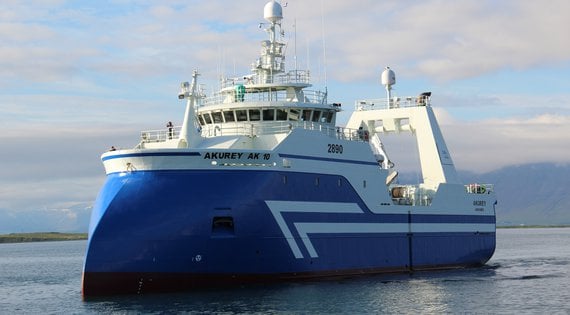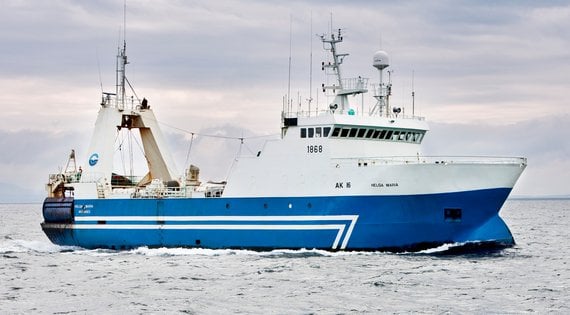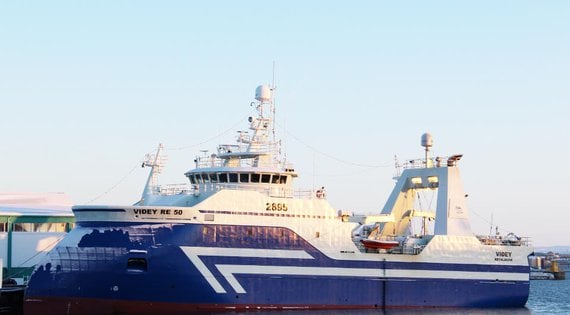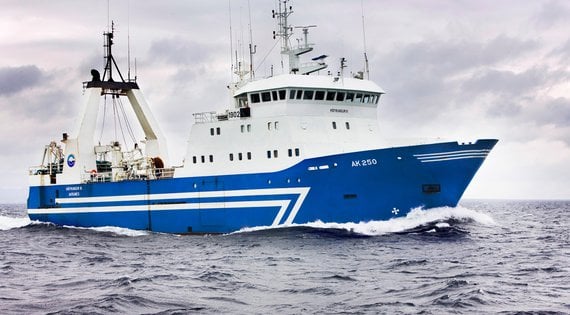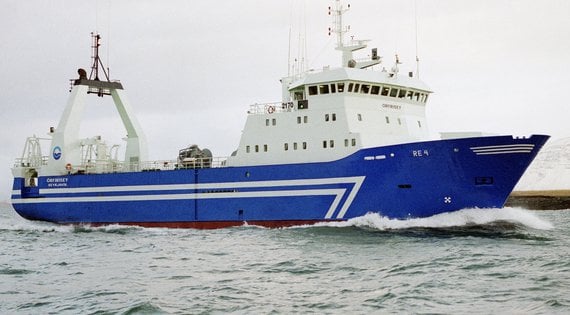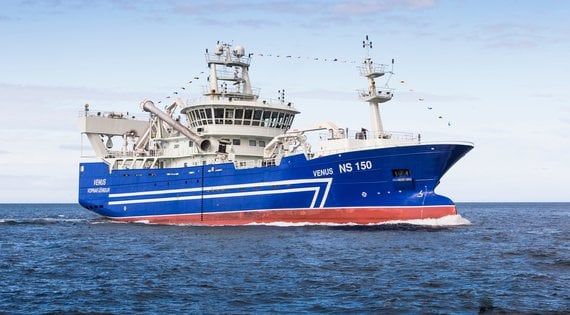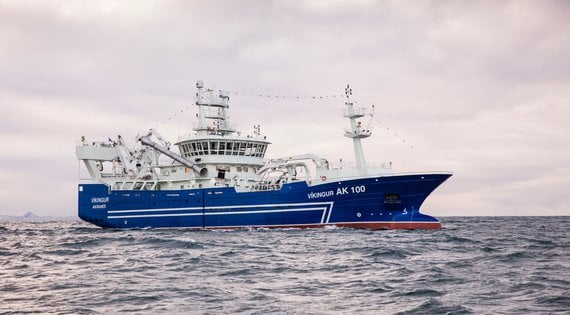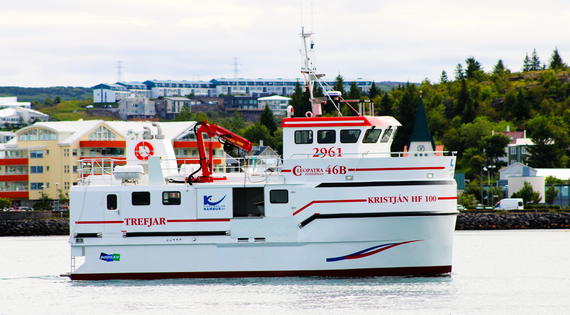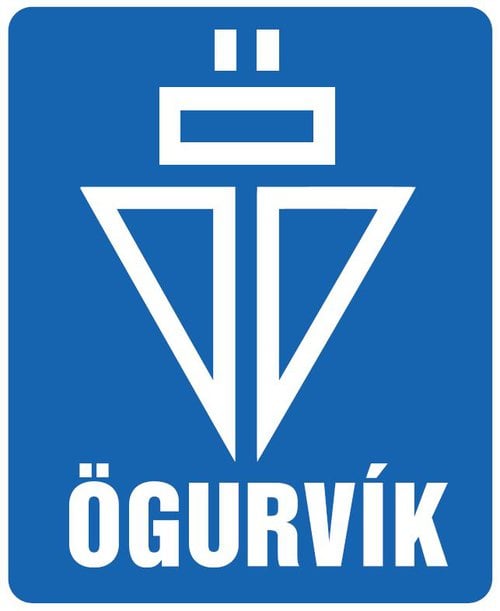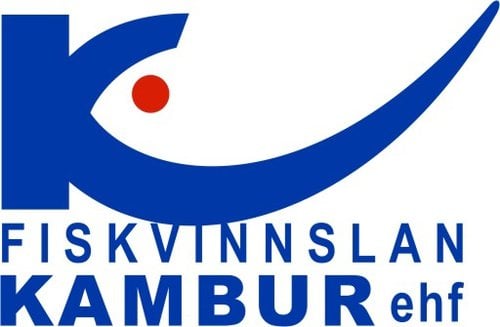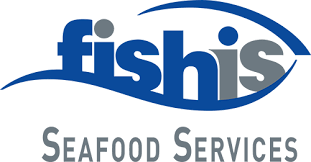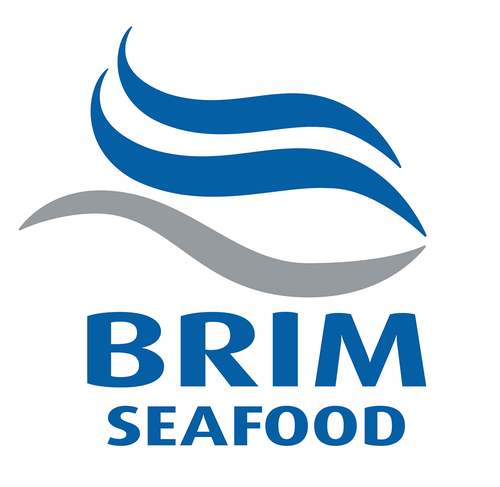SUSTAINABILITY
With responsible fishing and processing where the emphasis is on sustainable use of fish stocks and innovation, we will ensure that the fishing industry continues to be a pillar of Icelandic society. Brim’s Board and Executive Board regularly discuss sustainability in their meetings. Last spring, the board held a special workshop with the executive board and the company's employees who work on these issues. Sustainability falls directly under Brim’s CEO according to the organization chart.
CONDUCT IN REGARDS TO OCEAN RESOURCES
Brim emphasizes good treatment of the resource. The company complies with all rules and regulations that apply to fishing and has no involvement in Illegal, Unreported and Unregulated (IUU) Fishing. It is important to return the marine ecosystem in the same or better condition to future generations. The future of the company is based on that.
- At Brim, responsible fishing is considered to be utilizing all the catch that is caught in the fishing gear of the company's fishing vessels and thereby maximizing value creation. In addition, discards are completely prohibited under the Fisheries Management Act.
- The Icelandic government sets strict rules on weighing and registration of marine catch and Brim’s staff is committed to complying with them. It is in the best interests of Brim, the Icelandic fishing industry and the nation as a whole, that the condition of fish stocks remains healthy and good, and that information on catches and conduct in regards to the marine ecosystem is reliable, traceable and transparent.
- Brim’s groundfishing is practically only done with bottom trawls. Fishing is always carried out in accordance with Icelandic law and all closures are respected, whether in the case of temporary closures in areas due to spawning or due to the fragile ecosystem of benthic organisms.
- Birds and various marine organisms sometimes end up in the vessels’ fishing gear, and the frequency of such incidents depends on the type of fishing. Brim’s vessels have not caught birds in their fishing gear. The company's pelagic fishing vessels sometimes get humpback whales in the seine and such incidents can delay fishing while the whale is being turned away. Fishing is arranged in such a way that aims to minimize the chance of a humpback whale getting caught in the fishing gear.
THE GLOBAL GOALS
The United Nations Global Sustainable Development Goals were adopted by representatives of all UN member states in September 2015. There are 17 Goals, which are valid for the period 2016-2030, with 169 sub-goals and cover both domestic matters and international co-operation during the period of validity. The hallmark of the Global Goals is that they are universal and therefore the member states have committed to working systematically towards the implementation of the Goals both domestically and abroad throughout their period of validity. Brim’s policies support many of the United Nations' Global Goals, such as:
- No. 3 - Good Health and Well-being
- No. 5 - Gender Equality
- No. 8 - Decent Work and Economic Growth
- No. 9 - Industry, Innovation and Infrastructure
- No. 12 - Responsible Consumption and Production
- No. 13 - Climate Action
- No.14 - Life Below Water
- No. 15 - Life on Land
- No. 16 - Peace and Justice Strong Institutions
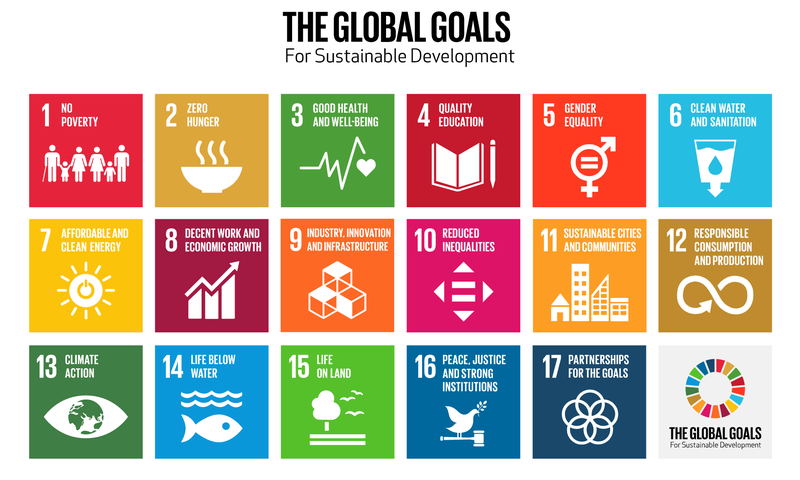
SOCIAL RESPONSIBILITY POLICY OF FISHERIES ICELAND
In order to dig into what can be done better in the fisheries sector and to increase understanding and trust, Fisheries Iceland held four meetings on fisheries issues in late winter 2020. The topics of the meetings were transparency, environmental issues, societal benefits and innovation. The meetings were part of the work on the industry's strategy for social responsibility and the views expressed there, both from the original speakers and the audience, were taken into account. As a result of this work, the social policy of the fishing industry was created under the motto "Responsible fisheries in harmony with the environment and society". In September 2020, Brim, along with other companies within Fisheries Iceland, signed the policy. The foreword to the policy is as follows:
THIS IS IN OUR HANDS
"The Icelandic seafood industry takes its role as a food producer and one of the pillars of the nation's economic prosperity seriously. Companies within Fisheries Iceland have established a social responsibility policy based on the United Nations Global Sustainable Development Goals. The United Nations Global Sustainable Development Goals were adopted by representatives of all UN member states in September 2015. Reference is made to the Goals in the fisheries’ social policy. The policy will be reviewed regularly. The company’s representative who signs the policy is responsible for its implementation".
Following Brim’s approval of the Fisheries Iceland social policy, the policy was presented to the company's employees via teleconferences and in addition, informational posters were made and hung up at all of the company's operation units on land and sea. The social policy was also presented on Brim’s Workplace page, where employees are given the opportunity to exchange information and ideas on environmental and social issues.

